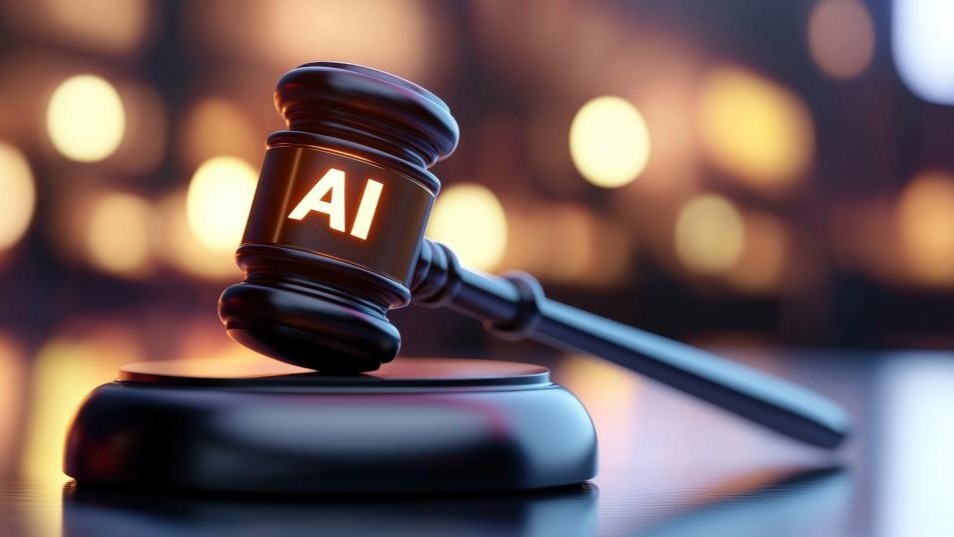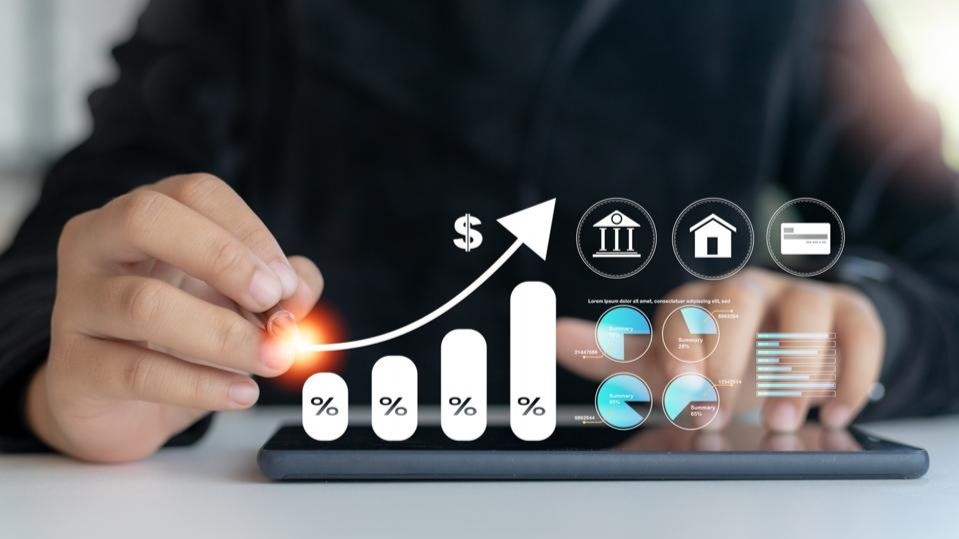Why Data Is The Lifeblood Of Modern Organizations
11 July 2022
Look around you, and it’s hard not to notice that everything is changing. From fashion and the clothes we wear to how we move from place to place, and even how we meet, communicate, work and play with our fellow humans.

Of course, this isn’t new – ever since it emerged, society has been evolving. But it’s hard to deny that the pace of change is increasing. We are currently in the middle of an accelerated period of change called the fourth industrial revolution (4IR). The previous three industrial revolutions all involved the emergence and mass commercialization of a world-changing new technology. These were mechanization, electrification, and computerization, in that order.
What is 4IR?
The fourth industrial revolution is heralded by the arrival of technology that will allow us to eclipse the achievements we have made with all of those, specifically, automation and "smart" thinking machines. One term that often comes up when we try and describe the combined potential of several emerging trends in this field is artificial intelligence (AI).
Previous technology-driven industrial revolutions have enabled us to create huge efficiencies when it comes to carrying out linear and manual tasks – think of factory production lines, radio and telegraph networks, and the computerized organization and calculation of information.
A huge paradigm shift of 4IR is that we can increasingly automate not just manual tasks like assembling components or storing information in a database but also tasks that require some element of thought, decision or analysis.
This is known as machine learning, and it is driving advancement in many fields of human endeavor and enterprise. For example:
The next generation of NASA’s Mars Rover spacecraft will be able to “decide” for themselves which features of the red planet are worth investigating and exploring – maximizing the value that can be obtained through the limited bandwidth it has for sending information back to us on Earth.
Doctors and surgeons are now being assisted in their work by computer vision technology that can analyze thousands of medical images in seconds to spot early warning signs of disease that might go unnoticed by a human eye.
The self-driving cars being developed by (among many others) Tesla, Google and Baidu rely on machine learning to navigate from point to point while avoiding hazards and ensuring passengers and other road users remain safe.
Another trend that is key to the vast paradigm shift of 4IR is the Internet of Things (IoT). Put simply, this refers to the idea that whereas at first, the internet consisted of connected computers and then phones, today it is made up of all manner of things – from connected cars and smart home assistants to kitchen utensils, industrial machinery, and even brain implants!
It’s this convergence of AI and IoT that will unlock the true potential that 4IR offers to both business and society as a whole. And the factor that is common to both of them is that they are powered by data.
Why data is essential
AI – or machine learning, to be more specific – is powered by data (by which we generally mean information). This is because it uses information to “learn” how to make decisions. The more information it receives - such as, for example, road traffic conditions, in the case of a self-driving car – the better it can learn to do whatever it is supposed to do. Simply by watching examples of what happens when a vehicle travels on the road in different situations (environment, time of day, etc.), it gets better at understanding the decisions that have to be made to achieve its objective – traveling from A to B without hitting anything or hurting anyone.
Likewise, the usefulness of IoT is down to its ability to transmit data between disparate devices that can then be used to make better decisions. When all of the machinery on a connected factory floor, for example, is talking to every other piece of machinery, it's possible to spot where performance issues are creating inefficiencies, as well as predict where malfunctions and breakdowns are likely to impair performance of the manufacturing operation as a whole.
Connected organizations
When taken together, these capabilities make it possible for us to work towards building truly connected and intelligent organizations. These are organizations where the flow of data is harnessed to achieve core business objectives, such as improving customer experience, developing better products and services, and driving efficiency in internal operations.
This involves developing a level of data maturity. This means understanding what data is available to an organization, what can be done with it, and what tools and technologies are needed to put it to use. But perhaps most vitally, it involves building a culture of data literacy throughout the entirety of an organization. From the boardroom to the shop floor, every individual and area of operation should be aware of the value of data, its power to drive innovation and efficiency, and best practices when it comes to collecting, storing, and using it.
Recently, I was joined for a webinar discussion by Sanjay Brahmwar, CEO of Software AG, which has been involved in the digital transformation journey of thousands of businesses.
He told me, "In today's world, any organization that wants to be able to operate in an efficient manner … needs to think about how they are able to tap into data … whether they have apps on-premises, private cloud, public cloud – the ability to bring this data together is what is meant by a truly connected enterprise."
He spoke to me about two businesses that his company has worked with – DHL and Tractor Supply – that have overcome the challenges of digital transformation in order to create new models of business that are driven by data and the value it enables them to generate for their customers.
DHL has successfully harnessed data at every level of its operations in order to react to the huge challenges brought about by the pandemic when courier and logistics businesses – particularly those with a global scale – found themselves under unprecedented pressure to scale up their capabilities in a locked-down, remote-working world.
Likewise, US retailer Tractor Supply found itself needing to quickly build and deploy a contact-free, curbside delivery capability in order to keep business flowing and meet the growth in product demand. This was done by leveraging data and is, as Brahmwar explains to me in our conversation, “a great example of a company investing in digital transformation and becoming a truly connected enterprise.”
The challenges posed by the arrival of the fourth industrial revolution are unprecedented, but so are the opportunities. Economists predict that it will create trillions in value as well as hundreds of millions of new jobs. What is clear to me – through my work with companies looking to develop and deploy data strategies – is that it is those that are able to successfully harness the flow of information, route it throughout their organizations from top to bottom, and use it to achieve business objectives, that will reap the rewards.
Related Articles
8 AI Ethics Trends That Will Redefine Trust And Accountability In 2026
By now, “smart” versions exist of just about every home appliance, gadget and gizmos we can think of. However, manufacturers continue[...]
The 7 Banking And Fintech Trends That Will Define 2026
By now, “smart” versions exist of just about every home appliance, gadget and gizmos we can think of. However, manufacturers continue[...]
Sign up to Stay in Touch!
Bernard Marr is a world-renowned futurist, influencer and thought leader in the fields of business and technology, with a passion for using technology for the good of humanity.
He is a best-selling author of over 20 books, writes a regular column for Forbes and advises and coaches many of the world’s best-known organisations.
He has a combined following of 4 million people across his social media channels and newsletters and was ranked by LinkedIn as one of the top 5 business influencers in the world.
Bernard’s latest book is ‘Generative AI in Practice’.






Social Media